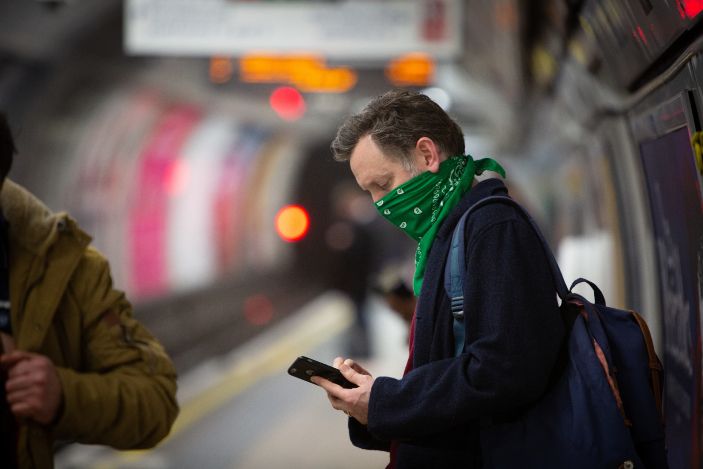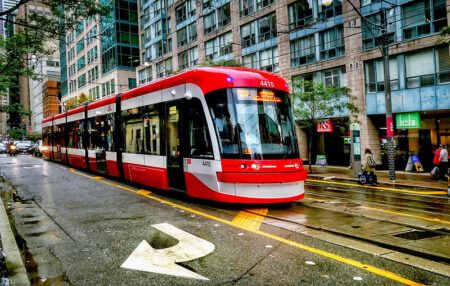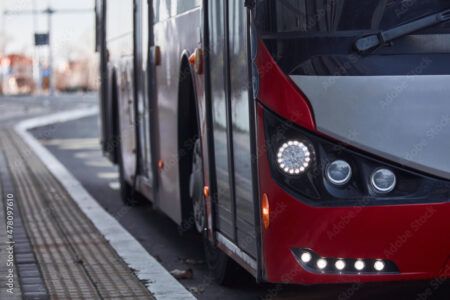The Mayor of London, Sadiq Khan, has announced that passengers on the London Underground will soon be able to access full mobile connectivity and internet access within every station and tunnel.
Transport for London (TfL) has awarded a 20-year concession to BAI Communications (BAI), which will enable mobile coverage on the whole Tube network, helping to remove one of the most high-profile mobile ‘not-spots’ in the UK. The concession will see a backbone of mobile and digital connectivity established across London. Uninterrupted 4G mobile coverage has already been introduced on the eastern half of the Jubilee line and will be expanded in phases to ticket halls, platforms and tunnels on the Tube network over the next three years. All stations and tunnels are due to have mobile coverage by the end of 2024.
London’s Tube tunnels will also be used to provide full fibre connectivity across the city, which can then be connected to buildings and street assets like street lighting and bus stops. This will help to further increase mobile coverage through small mobile transmitters, as well as leveraging the power of 5G to deliver city-wide improvements and future growth. The new high-capacity fibre network will bring fibre directly into London’s neighborhoods, creating new opportunities to serve homes and businesses with gigabit-capable speeds and supporting digital inclusion.
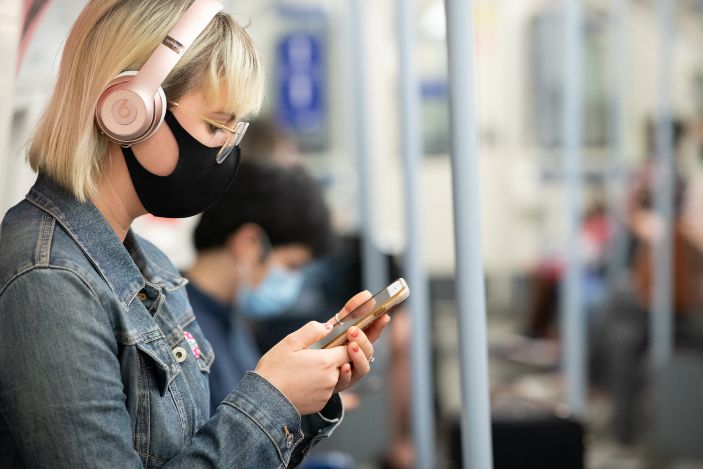
BAI, who was awarded the concession after a competitive tender process, is a leading global provider of 4G and 5G connected infrastructure. The agreement will build on BAI’s significant experience of deploying communications networks in highly dense urban environments across the world, including New York, Toronto and Hong Kong. The neutral host network being delivered as part of this concession will be the most advanced network of its kind in the world and available for use by all mobile operators. The infrastructure will also be 5G ready, allowing for a seamless upgrade for mobile operators in the future.
A connected city
The London Underground is one of the world’s largest underground networks and prior to the pandemic it was used by more than five million passengers a day. Once fully delivered, more than 2,000 km of cabling are expected to be installed within tunnels and stations, all of which will be fitted outside of operational hours. In addition to benefiting customers, providing 4G on the network will generate additional revenue for TfL across the 20-year length of the concession, as well as helping operational teams by providing better connectivity while underground.
To help reduce future disruption, TfL has already begun installing the necessary cabling within a number of stations and tunnels. This includes cabling already installed on the Jubilee and Victoria lines, as well as within the Northern Line Extension. Work will now begin to prepare some of London’s busiest stations for mobile connectivity, including Oxford Circus, Tottenham Court Road, Bank, Euston and Camden Town.
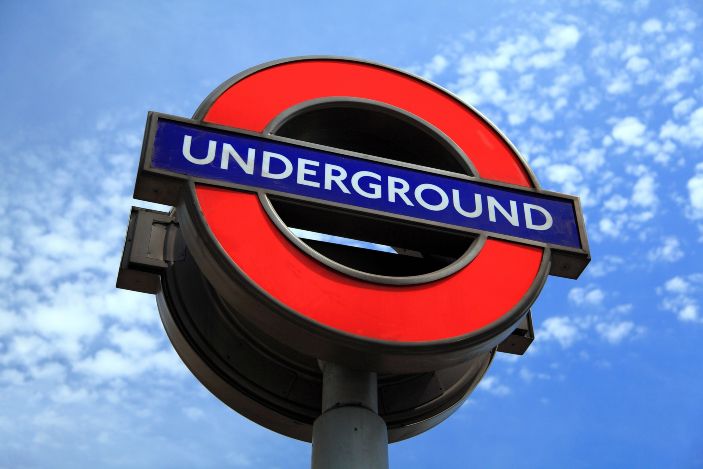
“I promised Londoners that if they re-elected me for a second term as mayor I would deliver 4G throughout the Tube network,” says Sadiq Khan, the Mayor of London. “It’s already up and running on the eastern half of the Jubilee line. Key central London stations, such as Oxford Circus and Euston, are set to benefit before the end of next year. Protecting jobs and stimulating our city’s economy is a top priority for me as London rebuilds after this pandemic. Investing in London’s connectivity and digital infrastructure is central to this.”
“London Underground was born in the 19th century, and this concession to deliver mobile coverage to the whole Tube network ensures it continues to adapt for customers in the 21st century,” explains Shashi Verma, chief technology officer at TfL. “Providing mobile connectivity to customers within the tunnels and on platforms across London will help them stay connected more easily. It will also provide a long-term revenue stream for TfL and support economic growth across the city.”
The network will also help to create a smarter, safer London. It will host the Home Office’s new Emergency Services Network, which will replace the existing Airwave system currently used by the Police, Fire Services and emergency response teams across Great Britain. TfL has ensured that the latest requirements for the Emergency Services Network are fully incorporated and addressed within the network design.


